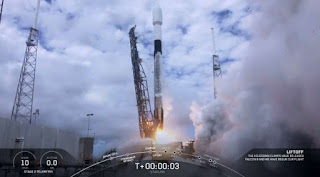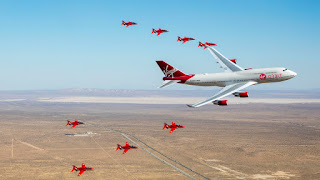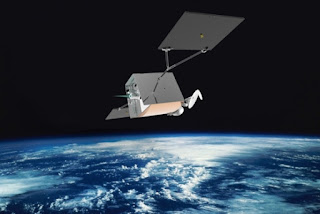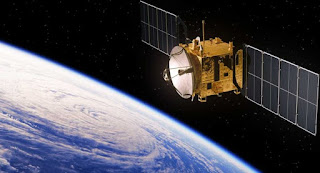NASA Sats Track Emissions Individually

World 1st: NASA & CA Partnership Targets Solo Emissions Sites From Space Source: Greenhouse Gas Emissions Stock Image Source: NASA Curiosity Image of Methane Outbreaks on Mars $100 Million Greenhouse Gas Tracking System From Space NASA and California, with financial backing from philanthropist Michael Bloomberg, are launching a $100 million satellite tracking system to pinpoint individual sources of large greenhouse gas emissions. For the first time, these new satellites, with new technologies developed at NASA's Jet Propulsion Labs (JPL), will be able to both see and measure emissions at the level of individual facilities like a specific oil refinery. Currently, the measurements have been at the scale of large geographic areas. Methane Emissions Tracked By Carbon Mapper The top greenhouse gas target for the satellites is methane, whi...















